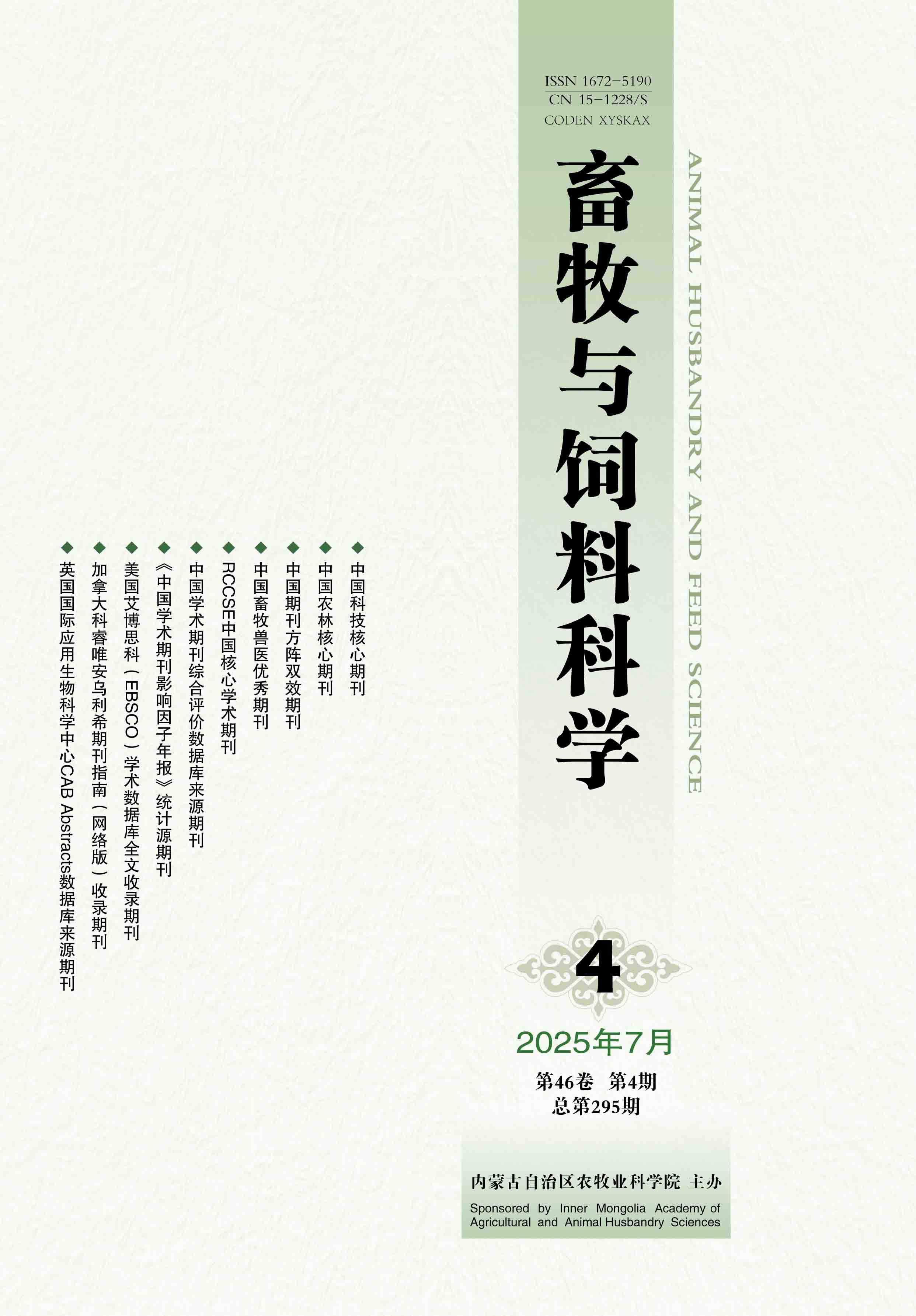Select
The Impacts of Mowing on Compensatory Growth of Ceratoides arborescens
2012, 33(11):
111-111.
doi:10.12160/j.issn.1672-5190.2012.11.041
Abstract
(
124 )
PDF (71KB)
(
39
)
Save
Related Articles |
Metrics
Ceratoides arborescens ,widely growing in China's arid, semi-arid areas, can be used as a good artificial mowing semi-shrub species in arid areas. As a good forage, it has the characteristics of drought, cold and poor land resistance ; it plays an important role in vegetation restoration and grassland improvement. In this paper, we are trying to find the impacts of mowing on the compensatory growth of C. arborescens. We designed three experiments under different mowing frequency:C, arborescens without mowing as the control group;one mowing per two years (treatment 1 ) ;one mowing per year (treatment 2). Then we studied the growth, photosynthetic physiology and energy distribution of those C. arborescens. The results from the experiments show that: (1)With the increase in the mowing frequency of C. arborescens,the ratio of stems and leaves increased,and mowing promotes the growth of shoots and underground roots. Compared with the control group, on one hand, the shoots in the experimental groups with mowing have the morphological characteristics of less, longer and thicker;on the other hand, the roots have wider root ranger, longer main root and more lateral, resulting in morphological overcompensation effect. (2)Mowing increases the net photosynthetic rate of C. arborescens,transpiration rate and stomatal conductance,lowers the water use efficiency; exhibiting photosynthetic compensation effect. (3)Mowing increases the relative growth rate of the C. arborescens and the biomass in the current-year branches. However, the biomass in the aerial parts of leaves and flowers decreases. Considering the leaves, flowers and shoots,the higher the mowing frequency,the lower the biomass in those parts as a whole. From the experiments results,we concluded that:for treatment 1,the biomass in the aerial parts demonstrates equal compensation,while treatment 2 showed less compensation, consequently ,neither of the two treatments reached the level of over compensation. At the same time, mowing increases the distribution of roots' biomass, which means the ratio of biomass in root to shoot increases. (4)Mowing has no significant effect on the total caloric values, but it has significant impacts on the caloric distribution. The existing energy volume trend is consistent with the biomass in C. arborescens, as a result, mowing make more energy distributed in the roots.








